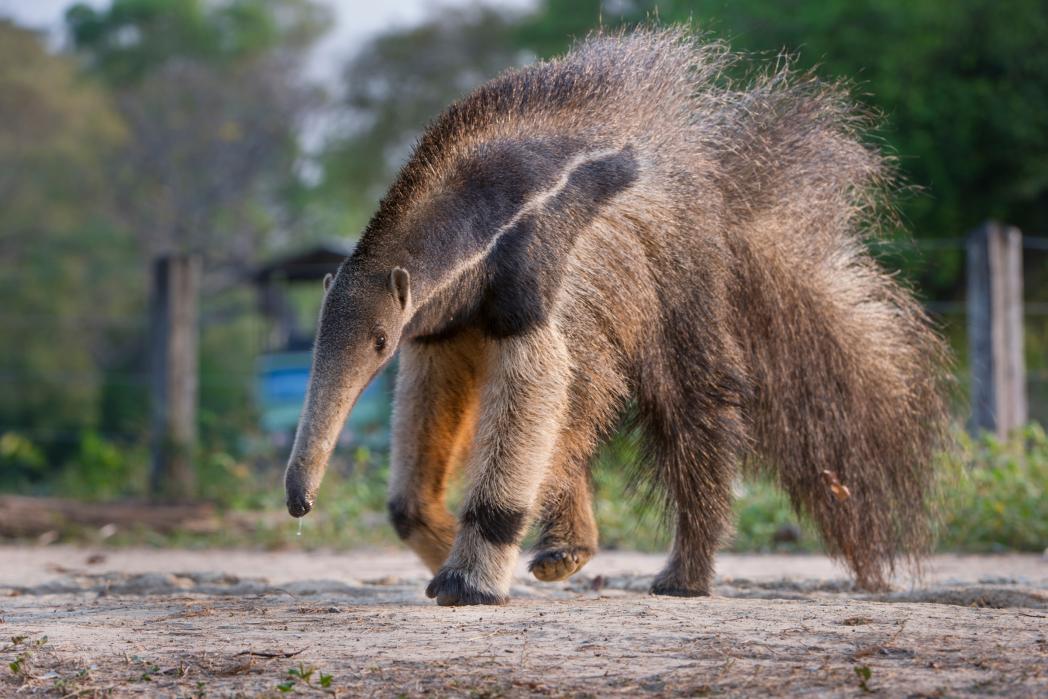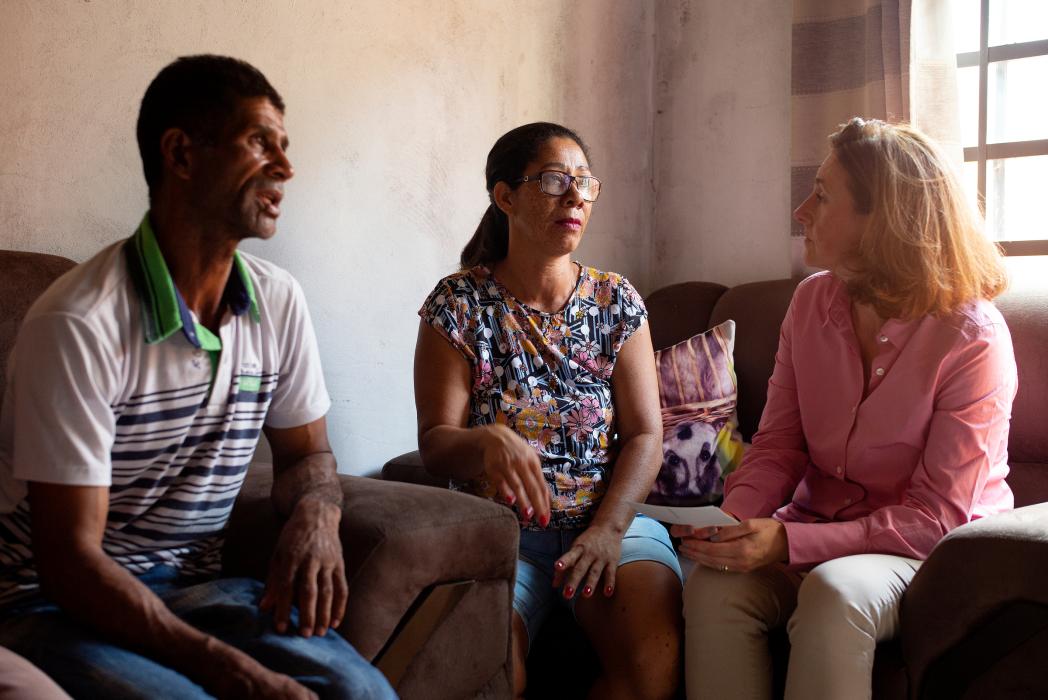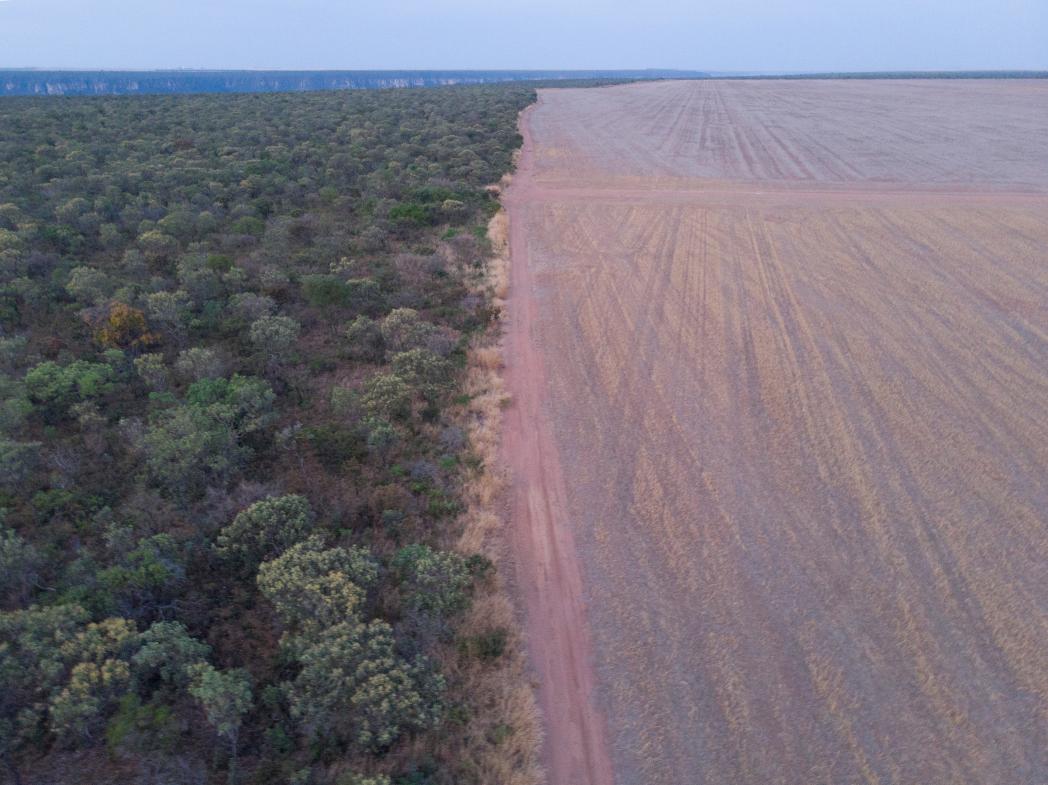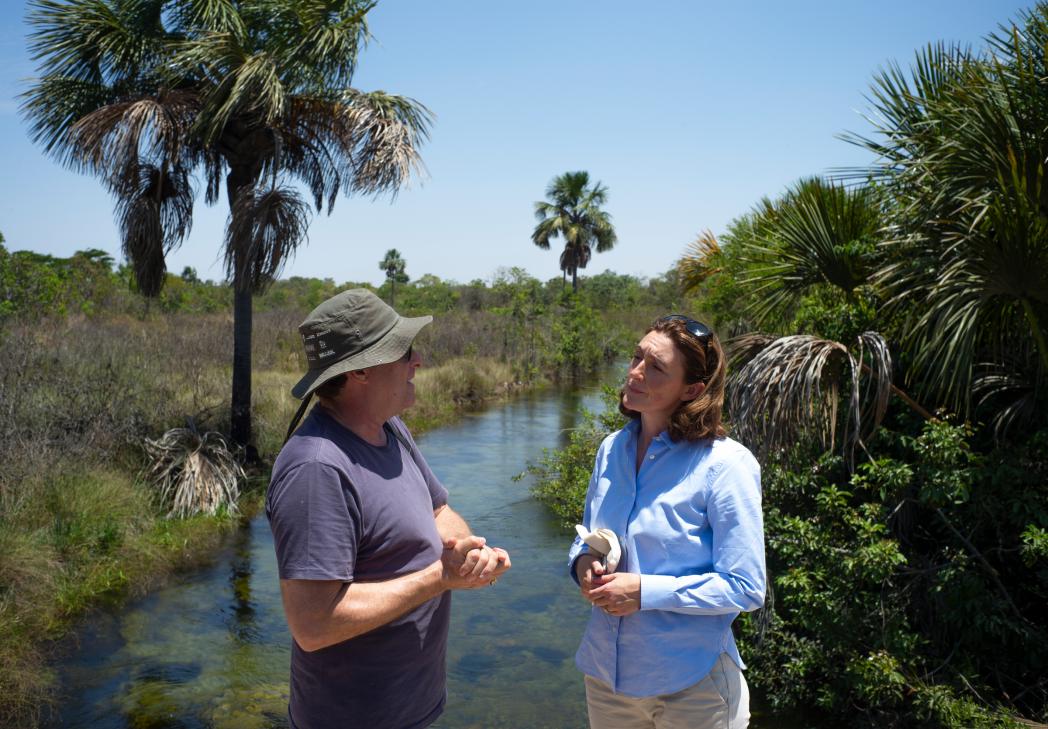Our Living Planet Report tells us that global wildlife populations are plummeting and that human activity is the principal cause. The main threat to wildlife is habitat degradation and the largest cause of that is conversion of land to grow food. Here in the Brazilian Cerrado, this is happening before our very eyes. We’ve already lost half of the Cerrado and we are in danger of losing the remaining half in the next 10 years. This rate of destruction makes it one of the most endangered ecosystems on the planet.
The Cerrado is often overshadowed by its neighbour the Amazon, but it is one of the most biodiverse places in the world - and one of the most beautiful by far that I have visited. It’s a vast mosaic of dry grassland, woodland, forests and wetlands, and is the size of the UK, France, Germany, Italy and Spain combined. It’s home to more than 10,000 species of plants, almost half of which are found nowhere else in the world. It also plays host to unique wildlife such as the jaguar, maned wolf, giant anteater, giant armadillo and marsh deer. But it’s in danger because of our destructive food system.

The fire pictured above is an example of a problem in the heart of the Cerrado. One million hectares of precious habitat is lost here each year to make way for soy production, which is exported to feed livestock such as pigs and chicken, primarily to feed people in Europe and China.
The scale of deforestation here is breathtaking. As global demand for soy production has increased, land grabbing has become a real problem in the Cerrado.
While travelling, I met a family that has lived in the Cerrado for generations. Mariene Gomes Lopes, her brother, and her 84-year old parents, live in a house they were moved into after being displaced from their ancestral home to make way for farming. Mariene reminded us: ‘Everything that is sent abroad cheaply is paid for by somebody’s suffering.’
In the Cerrado you can see first-hand the devastation caused to this beautiful landscape, illustrating the triple threat that our planet now faces. This is about how we feed billions of people, stop warming our climate and ensure that there’s still enough space for our amazing wildlife and habitats.
On the ground conservation is just one part of the strategy to halt the decline of the Cerrado and its wildlife. If we want to stop this destruction, and save incredible places like this, we need global action to help fix our food systems before it’s too late.
It is possible to produce soy effectively without encroaching on more natural habitats. Soy production could be tripled without converting any more land to agriculture, just by using land that has already been deforested.
I feel extremely privileged to be in a position where I can influence change and call on global leaders and people to act. We all need to join the #FightForYourWorld - not only for this generation but for future generations of people and wildlife to come. If we use our global power, we can trust that there will be a prosperous future for the Cerrado.


